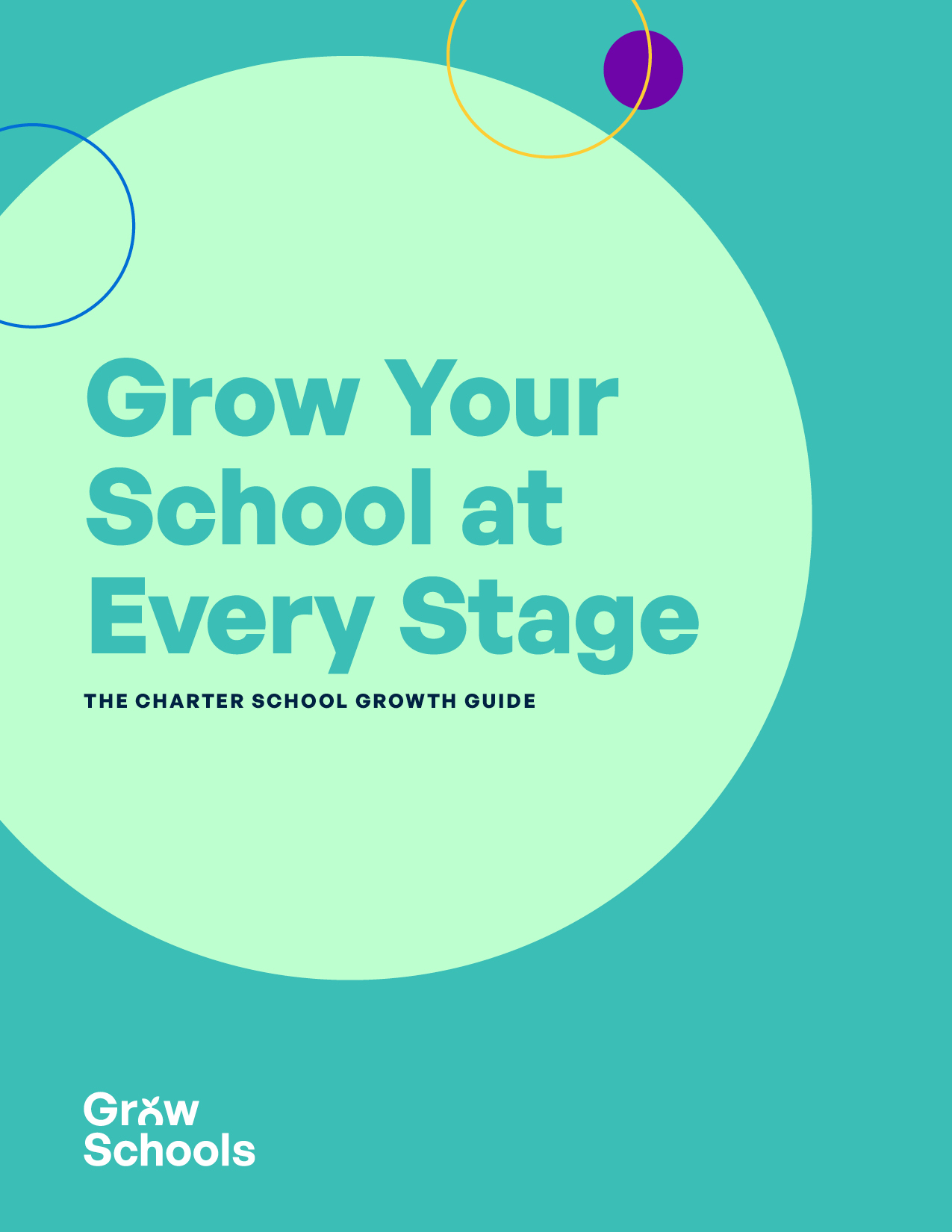Indiana Charter Schools: A Case Study in Evaluating Charter School Performance
Indiana’s charter school sector offers valuable insights for understanding how policy environments, demographics, and performance metrics interact to create successful educational options. By examining Indiana’s experience, charter school leaders and policymakers in other states can learn practical lessons about building effective charter school sectors.
Indiana’s Charter School Foundation
Indiana became the 38th state to authorize charter schools in 2001, but its law created an exceptionally favorable environment that has earned recognition as having the nation’s best charter school policies for three consecutive years.

Key Policy Elements:
- Multiple entities can authorize charter schools (not just school districts)
- No caps on charter school numbers
- Equivalent accountability requirements to traditional public schools
- Comprehensive oversight and renewal processes
Performance Analysis: What the Data Shows
Academic Achievement Patterns
Strong Performers: Indiana’s top two high schools according to US News & World Report are charter schools: Signature School in Evansville and Herron High School in Indianapolis.
Comparative Performance (2017 State Data):
- Brick-and-mortar charters: 36.2% earned A or B ratings
- Similar traditional public schools: 30.4% earned A or B ratings
- Virtual charter schools: Consistently poor performance (all F ratings)
Demographic Service Patterns
Indiana charter schools serve more challenging student populations compared to similar traditional schools:
- Higher percentages of low-income students
- Greater minority student enrollment
- Similar special education service rates
- Concentrated in historically underperforming districts
Lessons for Other States: Key Success Factors
Policy Environment Impact
What Indiana’s Experience Teaches: Strong charter laws create conditions for growth and innovation, but quality varies significantly by model and implementation.
Replicable Policy Elements:
- Multiple authorizer options increase innovation
- No enrollment caps allow market-driven growth
- Equivalent accountability prevents double standards
- Geographic flexibility enables serving diverse communities
Performance Differentiation by Model

Brick-and-Mortar Success: Traditional charter schools in Indiana consistently outperform virtual options, suggesting that in-person instruction models may be more effective for most students.
Virtual School Challenges: Universal poor performance of virtual charters in Indiana mirrors national concerns about online-only education models.
Geographic Expansion Patterns
Urban Foundation: Charter schools typically establish strong footholds in urban districts with underperforming traditional options before expanding.
Suburban and Rural Growth: Successful urban models can expand to serve families seeking alternatives in higher-performing districts.
Future Trends: What to Watch in Indiana and Beyond
Predicted Expansion Areas
Indianapolis Township Growth: As urban charter markets saturate, successful operators are likely to expand into suburban townships, testing whether charter schools can succeed in higher-performing traditional districts.
Successful Model Replication: Proven charter operators like Purdue Polytechnic and Indianapolis Classical Schools are positioned for multi-site growth.
Rural Community Solutions: Rural charter schools in Indiana (like Dugger Union and Mays Community Academy) demonstrate how communities can use charter options to maintain local schools when traditional districts face closure.

